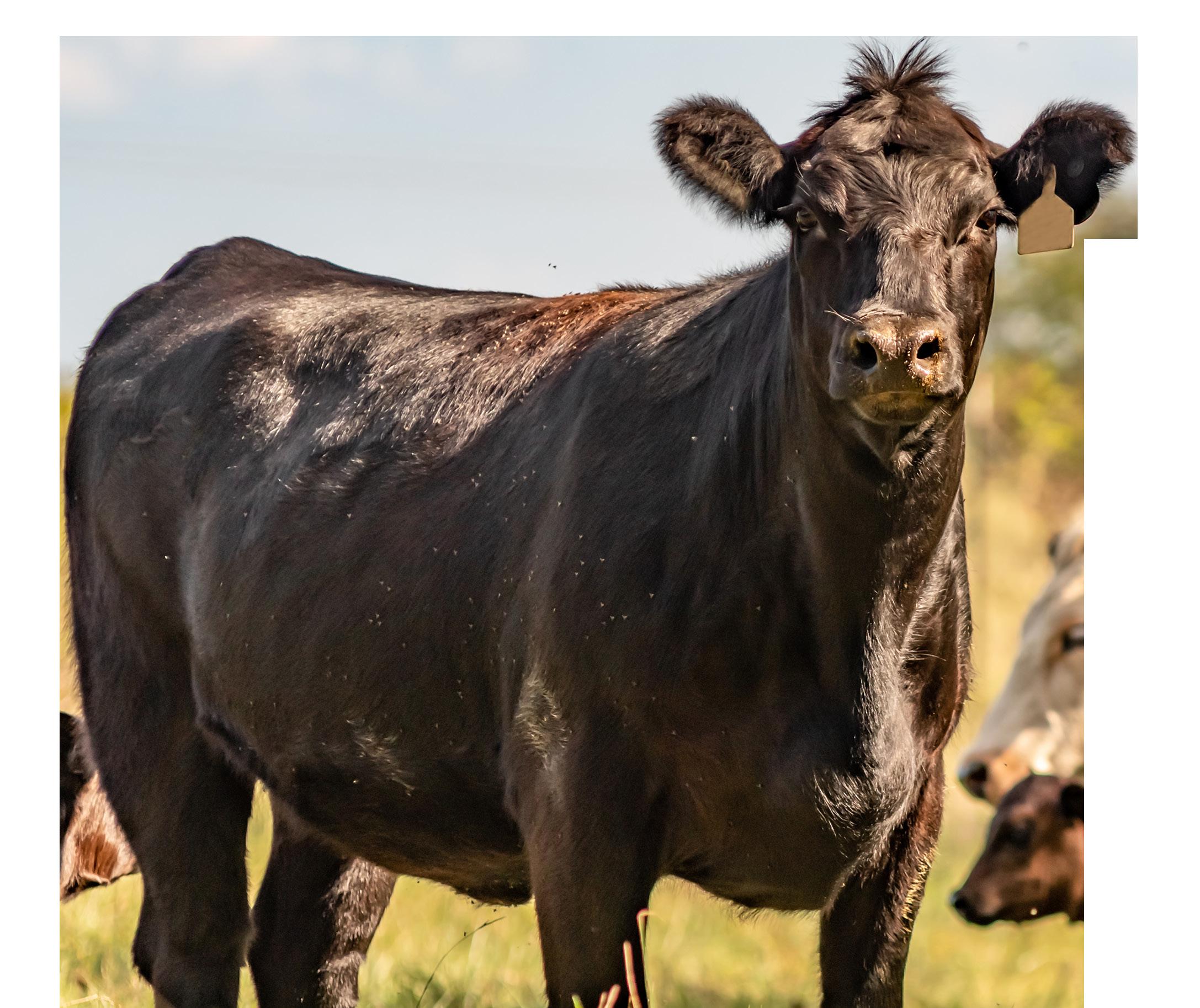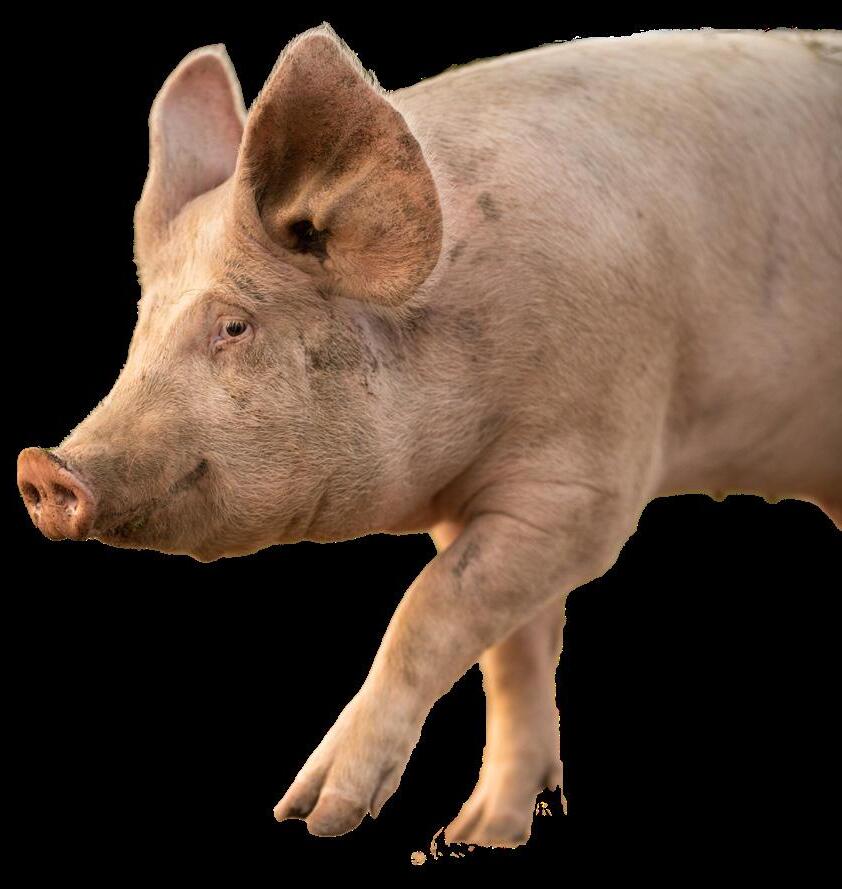
4 minute read
LIVESTOCK RISK PROTECTION: Protecting Your Investment
from GROW 2023 Magazine
by AgCountryFCS
Written by: Megan Huether, Insurance Specialist
Strategies to mitigate risk is at the forefront of agriculture operations. Weather, disease, and market prices impact the bottom line. Farmers and ranchers who raise livestock have long sought ways to protect their investments from unexpected losses due to uncontrollable factors. One of the most reliable forms of protection is the Livestock Risk Protection Insurance Plan (LRP).
Advertisement
What Is LRP?
LRP is designed to cover against declines in market price for fed cattle, feeder cattle, and swine. It’s offered in every county of every state, meaning that no matter where your operation is located, you are eligible for coverage. You may apply for a policy throughout the crop year starting September 1 with coverage attaching upon buying a Specific Coverage Endorsement. These endorsements specify the number of head to be insured, the number of weeks until sale, and type/size of livestock. Once approved by the Risk Management Agency (RMA), coverage begins immediately.
How Does It Work?
The LRP plan provides protection against sudden drops in market price. When you sign up for an LRP policy, you select a coverage price ranging from 70-100% of your expected ending value based on RMA’s recommendation. If the actual ending value is below your chosen coverage price at the end of the period, an indemnity will be paid for the difference between those two values. The indemnity amount depends on how far below your chosen coverage level the actual ending value is when the period ends. To receive an indemnity, you will have 60 days after the endorsement ends to turn in a claim.
Limitations
Like any program, there are some limitations to keep in mind. First, you must own the livestock you’re looking to insure. If you turn in a claim, you will be asked to provide proof of ownership. If you sell animals prior to 60 days before your endorsement ends, your coverage will become void if you don’t transfer the ownership of the policy. It is important to note that LRP does not cover any death loss. If any livestock die, you need to report it to the insurance company within 72 hours.
There are a few other insurance options for those that raise livestock. If you already utilize Livestock Gross Margin (LGM) insurance on your animals, you will not be able to take out an LRP policy due to both options protecting against the market price. It is possible to have an LGM and LRP policy if they are insuring separate groups of animals.
Why LRP?
As a fellow livestock raiser, LRP is an attractive option in today’s market. Cattle prices have increased recently along with input costs. Setting a price floor with LRP provides protection to help cover your investment. As we have seen in the past few years, the world can be unpredictable.
An LRP policy can also provide flexibility. One of the great aspects of this option is that you don’t have to insure your whole herd. You could get coverage for one or more animals. If you’re raising feeder cattle or fed cattle, you can insure up to 12,000 head per endorsement or 25,000 head annually. If you’re a pork producer, you can insure 70,000 head of swine per endorsement with an annual cap of 750,000 animals.
Another benefit of LRP is that you can insure any unborn livestock that you own. Special endorsements exist that allow you to lock in a market price based on an approximate date you would sell the unborn animal(s).
It is worth mentioning that you can choose how far out you want to lock in the price. For swine, you can insure 13 to 30 weeks from when you plan to sell. On the cattle side, the range increases from 13 to 52 weeks.
Finally, premium payments are deferred and with an LRP policy, you will not have to pay the premium until a month after the endorsement expires. That means if there is a claim, the premium can be taken out of the indemnity.
LRP provides farmers and ranchers with peace of mind that they won’t suffer major financial losses due to unexpected changes in market prices or other factors beyond their control. With its availability in every state and county in America, it’s never been easier to get covered. Whether you’re a seasoned rancher or just starting out as a young farmer looking to protect your investment, the LRP plan might be right for you. Contact your local AgCountry office to learn more.

INSURANCE DEADLINE REMINDERS
July 15
Acreage Reporting Sales Closing - Annual Forage
July 31
Sales Closing - Forage Seeding
September 30
Margin Protection, Grass Seed, Cultivated Wild Rice, Forage Production (AYP & APH), Rye, Wheat (MT, SD, WI)




